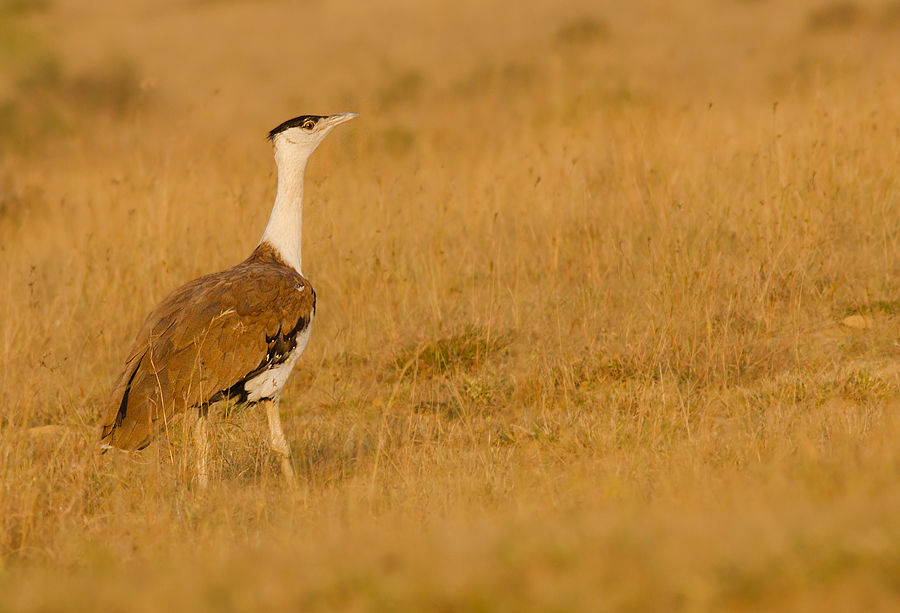The Great Indian Bustard Is On The Brink Of Extinction
- Jennifer J

- Aug 19, 2019
- 3 min read

The Great Indian Bustard is on the brink of extinction, a new report warns. The Great Indian Bustard is a species of bird which is native to India.
Today, there is only a handful of them left.
The Great Indian Bustard is one of the rarest birds in the world. According to the WWF, there are only thought to be 200 individual Great Indian Bustard birds left.
This means, that these animals are critically endangered.
Due to the Great Indian Bustard having a very low population, it also means that they are very close to extinction. A new report shows that these animals are closer to extinction than previously thought. There is a unique threat to the Great Indian Bustard which is resulting in these birds nearing extinction.
That threat is the Great Indian Bustard is threatened with extinction due to power lines - these birds are flying into power lines which is resulting in them declining and being killed. It’s usually not a common reason why animals are being pushed to extinction.
However, it is related to why most animals are endangered and are becoming extinct: the simple answer to why animals are becoming endangered and being pushed to extinction is due to human activity. For the Great Indian Bustard, it is no different.
A Decrease In The Great Indian Bustard Population
The Great Indian Bustard population has only declined recently.
Like with most wild animals, the Great Indian Bustard population has declined only in the last few decades. This decline in wild animal populations has been dramatic.
Even though they have only occurred in such a short period of time.
In just the last 30 years, the Great Indian Bustard has declined by a massive 75% in their population. This has resulted in the Great Indian Bustard being critically endangered.
And now, at risk of becoming extinct.
The IUCN Red List And The Great Indian Bustard
The IUCN Red List is a documentation of flower, plant and animal species. The IUCN Red List monitors species and records their status; this is how species are classified as endangered. The Great Indian Bustard is one of the species that the IUCN Red List has monitored.
The IUCN lists these birds as critically endangered. Not only are Great Indian Bustards critically endangered, but their population is also decreasing. The population of these birds was last recorded in August 2018. The last time that their population was recorded, it was found that there were only between 50 and 249 Great Indian Bustards left in the wild today.
Since last year, however, new information has come out to show that their population continues to decline because these birds are being killed by power grids. Therefore, the population of these animals is likely to be lower than they were one year ago.
Though, there has been no official update of the status of their population.
Where Are These Birds Found?
These birds were once found throughout India.
They also used to be found in what is now modern-day Pakistan. However, the IUCN map for this species of bird shows that this bird is not found in Pakistan anymore.
The last time they were thought to have been found in Pakistan was in 2013.
A Significant Decline Over The Last 50 Years
There has been a significant decline in Great Indian Bustards over the last 50 years.
The Great Indian Bustard population has declined a staggering 82% in the last 47 years. This means that the Great Indian Bustard has almost been wiped out completely in just 47 years.
If these beautiful animals continue to decline, then we could be looking at their extinction very soon.
Sources:
https://www.wwfindia.org/about_wwf/priority_species/threatened_species/great_indian_bustard/
http://www.newindianexpress.com/nation/2019/jul/28/great-indian-bustard-nearing-extinction-due-to-high-voltage-power-lines-ministry-of-environment-2010646.html



Comments